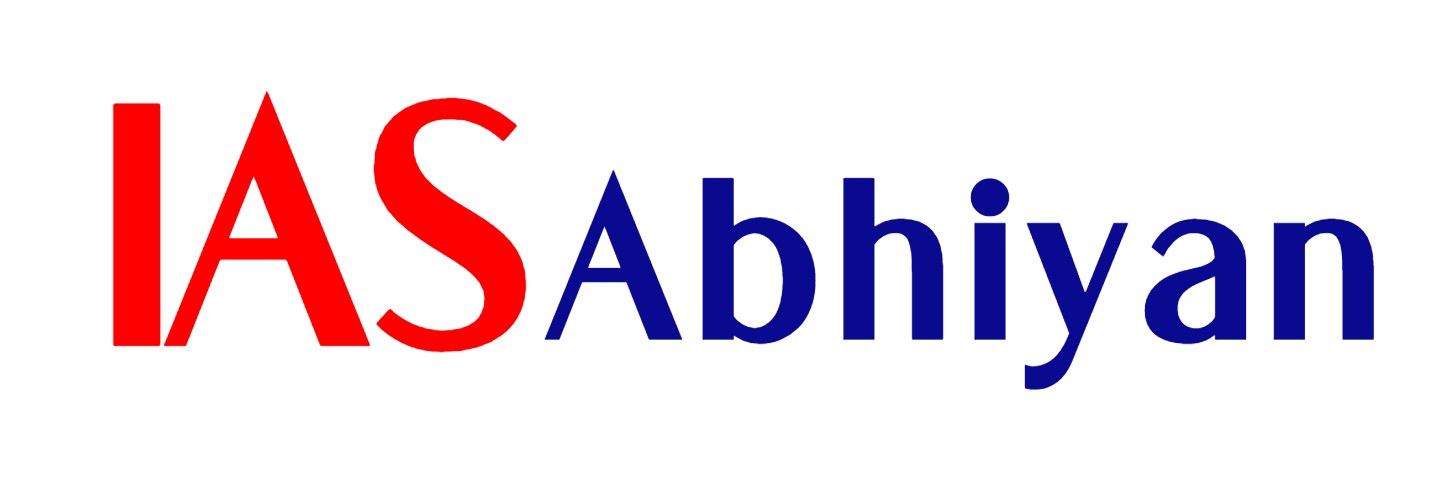Context
-
The Karnataka High Court is hearing a challenge to the constitutionality of the state government’s ban on students wearing a hijab in educational institutions.
-
The judges heard an argument on whether the state can justify the ban on the ground that it violates ‘public order’.
What is public order?
- It is one of the three grounds on which the state can restrict freedom of religion.
- It is also one of the grounds to restrict free speech and other fundamental rights.
Credit: The Hindu - Article 25 of the Constitution guarantees to all persons right to freedom and conscience and the right freely to profess, practise and propagate religion subject to public order, morality and health.
-
It is normally equated with equated with public peace and safety.
-
According to List 2 of the Seventh Schedule of the Constitution, the power to legislate on aspects of public order rests with the states.
How does it relate to the hijab ban?
- According to the government order issued on February 5 under the Karnataka Education Act, 1983, “public order” is one of the reasons for not allowing students to wear a headscarf in educational institutions along with “unity” and “integrity.”
- The petitioners have asked the state to show how the mere wearing of a hijab by students could constitute a public order issue. “This is not a case where a religious practice involves a public gathering where dangerous weapons are paraded…,” the petitioners’ counsel Devadutt Kamat argued.
- The second argument made is that the government cannot delegate to college committees the function of determining whether the hijab was detrimental to public order.
- The government order states that while individual college committees are free to determine the uniform, in the absence of such rules the government order banning the headscarf would apply. Kamat argued that only the government can make an assessment of public order.
How has public order been interpreted by courts?
- The order is contextual and is determined by the state. But courts have broadly interpreted it to mean something that affects the community at large and not a few individuals.
- In Ram Manohar Lohia vs State of Bihar (1965), the Supreme Court held that in the case of ‘public order’, the community or the public at large have to be affected by a particular action. “The contravention of law always affects order but before it can be said to affect public order, it must affect the community or the public at large.
- One has to imagine three concentric circles, the largest representing ‘law and order’, the next representing ‘public order’ and the smallest representing ‘security of State’.”
- In the Karnataka case, the petitioners have argued: “Public order is not every breach of law and order. Public order is an aggravated form of disturbance that is much higher than a law and order issue.”
Visit Abhiyan PEDIA (One of the Most Followed / Recommended) for UPSC Revisions: Click Here
IAS Abhiyan is now on Telegram: Click on the Below link to Join our Channels to stay Updated
IAS Abhiyan Official: Click Here to Join
For UPSC Mains Value Edition (Facts, Quotes, Best Practices, Case Studies): Click Here to Join
